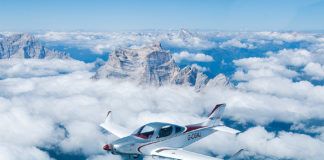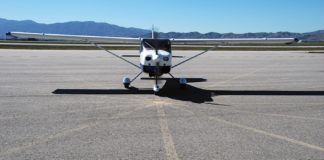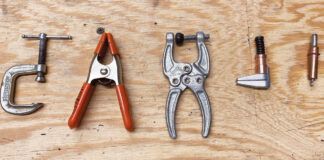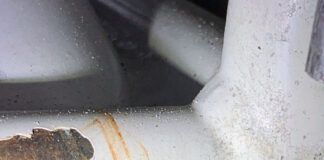Question: I am looking at building a Zenith CH 750 LSA kit. As I understand it, the FAA, for the present, is not going to approve any new 51% kits. So what would happen if I purchased and built this kit before the FAA gets around to approving kits again and then the FAA/DAR inspector feels I haven’t done the majority of the work? Does it become the worlds most expensive paperweight? Can I disassemble a component and rebuild it from basic materials?
Answer: If you build the kit as an ELSA, the major portion rule (officially, the FAA does not use the 51% term) does not apply. Of course as an ELSA, it would have to be built exactly per plans with no modifications or changes. And Zenith would first have to build at least one conforming prototype as an SLSA.
From the wording of your question, I assume that you are talking about building the kit as an Experimental/Amateur-Built. When building an amateur-built that is not on the approved major portion list, you would need to use FAA Form 8000-38. This list compares what the kit manufacturer versus the builder accomplishes and allows check marks for either the kit manufacturer or the builder. After going through the list, if the builder ends up with more check marks than the kit manufacturer, then you are good to go.
If a DAR finds that you haven’t met the major portion rule, he must deny the airworthiness certificate. Your recourse would be to have it inspected by the FAA or another DAR, but I seriously doubt that another DAR would consider overturning that decision. He would really be sticking his neck out. Your chances may be better with an FAA inspector. However, many FAA inspectors don’t have the time to keep current on amateur-built rules, so it would also be unlikely that they would overturn.
The last part of your question is very interesting. If you disassembled a component and reassembled it, that would not count as fabrication. On the other hand, if you destroy that component and build a new one from raw materials you could certainly get credit for the fabrication. In this case, you are walking a narrow line, so you must provide sufficient proof of what you have done, and the decision is still up to the inspector.
If all else fails, your other option would be to license it as Experimental/Exhibition. The Exhibition classification is not a good alternative, because the restrictions are quite stringent-see FAR part 21.191(d)-and you really want to avoid that classification if you can.
Technical Counselors and Flight Advisors
Several decades ago, the FAA required in-process inspections for Experimental/Amateur-Built aircraft. The FAA had little time or expertise to dedicate to these inspections, so the EAA stepped up to the plate and offered to allow its designees as they were called at the time, to perform the inspections as long as they were not required to sign anything. The FAA agreed to this, and the newly named EAA technical counselors picked up this duty. While in-process inspections are not a requirement for certification, they are strongly recommended. I prefer to see at least three in-process inspections by EAA technical counselors, A&P mechanics or experienced builders. These inspections should be noted in the builders log along with the date and name of the inspector.
Flight advisors should actually be contacted before the build process is initiated. Part of their job is to help you select what kind of aircraft would be most practical for your experience and your mission.
After the build and before the first flight of your new WhizBang Special, you should interview with a flight advisor. Together you will review your flight experience and similarities between what you have been flying and the new aircraft to be tested. At this point the advisor will help you determine whether you should conduct the first flight or have someone more experienced do it. Generally we, as flight advisors, recommend you get a pilot who is experienced in your type of aircraft to make that all-important first flight. An experienced test pilot should be so comfortable in the aircraft that flying it is second nature, and if there is any kind of problem, the pilot will be able to concentrate on the problem without compromising control of the aircraft.
Please send your questions for DAR Asberry to [email protected] with Ask the DAR in the subject line.










